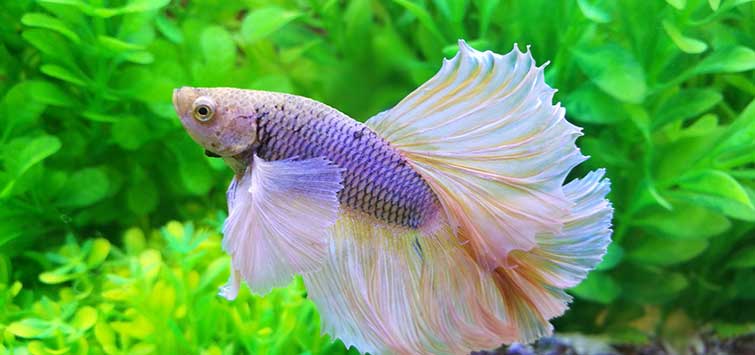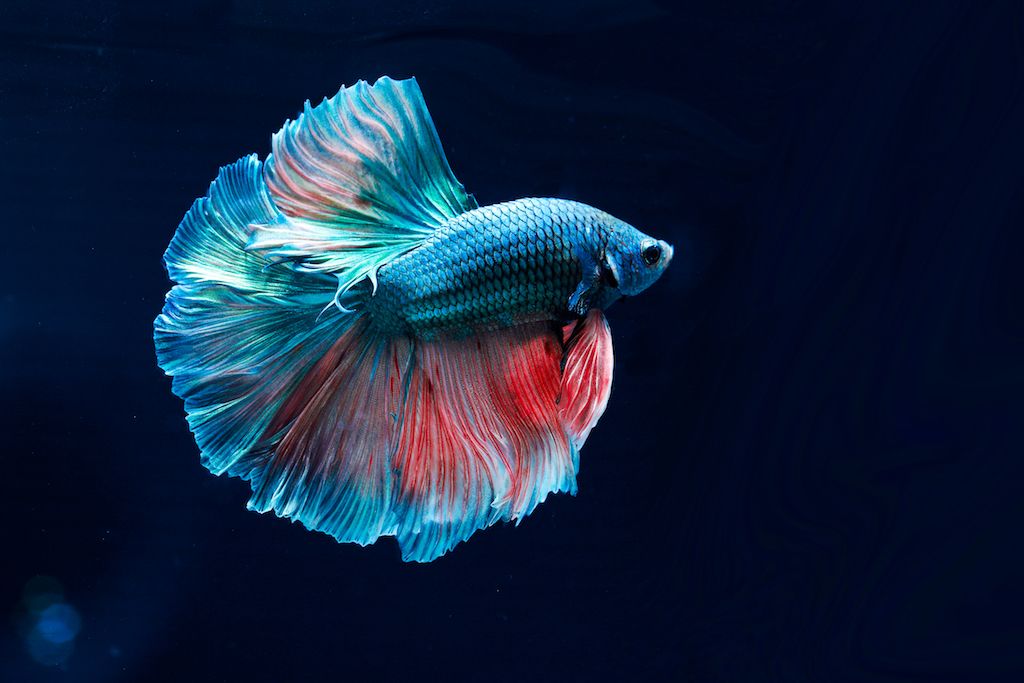Just How to Breed Betta Fish Successfully: Professional Techniques and Insights for Hobbyists Looking to Broaden Their Betta Collection
Breeding Betta fish calls for a nuanced understanding of genetics and ecological conditions, making it crucial for hobbyists to come close to the process with both diligence and care. Creating an optimum breeding setting, choosing the appropriate pairs, and observing the details of their courtship habits are fundamental steps that can dramatically influence the result. The succeeding treatment of the fry is crucial for guaranteeing their healthy advancement. As we discover these essential parts, it becomes clear that successful reproduction is not almost the initial pairing but includes a broader method that merits careful consideration.
Recognizing Betta Fish Genetics
Understanding the genetics of Betta fish is crucial for effective reproduction, as it influences qualities such as color, fin form, and behavior. Betta fish display a varied variety of shades and patterns, mainly established by their hereditary make-up. The key genetics in charge of pigmentation consist of the "B" gene for blue, "D" gene for red, and the "C" gene for shade strength. Dog breeders can control these qualities by choosing certain parent fish that display desired characteristics.
Along with pigmentation, fin morphology is an additional considerable aspect of Betta genes (betta fish). The form and size of fins are affected by numerous genes, including those that determine whether the fins are short, long, or veil-shaped. Recognizing these genetic variations aids dog breeders anticipate the phenotypic outcomes of their spawn
Additionally, behavioral traits such as aggression and territoriality can also be influenced by genetics. These habits play an important duty in the breeding procedure, as they can impact spawning success and the general temperament of the resulting fry. By adequately understanding these hereditary principles, dog breeders can make informed choices, eventually boosting their breeding programs and attaining desirable outcomes.
Preparing the Breeding Setting
Producing an optimum breeding environment is crucial for the effective recreation of Betta fish. The very first action in preparing this setting is to select a proper reproduction container, preferably ranging from 5 to 10 gallons.
Next, consider using a sponge filter or an air rock to offer mild water circulation without producing strong currents that can worry the fish. It is essential to install plants or breeding cones to offer hiding spots and advertise comfort for the woman during the spawning procedure. Floating plants, such as Java moss or water sprite, can likewise produce an extra native environment while promoting bubble nest structure by the man.
Prior to introducing the breeding pairs, make sure the water is conditioned and devoid of hazardous chemicals, such as chlorine or hefty steels. betta fish. Normal water adjustments need to be performed to preserve optimal water quality, enhancing the chances of effective reproduction. With these prep work in place, the breeding environment will certainly sustain the wellness and wellness of both Betta fish
Choosing Breeding Pairs
Picking the appropriate reproduction pairs is essential for achieving effective Betta fish recreation. When picking your breeding pairs, take into consideration numerous crucial elements including wellness, personality, and genetics. Healthy Betta fish show dynamic shades, clear eyes, and energetic habits. Selecting fish that are devoid of condition makes sure a much better chance of generating feasible offspring.
Character is another crucial consideration, as Betta fish are recognized for their aggressive nature. It is advisable to choose a male and female that show compatible personalities to Home Page reduce stress and anxiety during the reproducing process. A tranquil male can urge a smoother courtship, while a woman that is also hostile may interfere with the process.
Hereditary history also plays a substantial function in the top quality of the offspring. Breeding fish that are genetically varied can reduce the danger of hereditary wellness problems and boost the overall vigor of the fry. It is useful to look into the lineage of both the male and woman, concentrating on desirable qualities such as fin kind, color scheme, and size.
The Breeding Process
The reproduction procedure of Betta fish requires careful planning and interest to information to ensure a successful result. It is vital to prepare a suitable breeding container, preferably a 5-10 gallon aquarium with a temperature level kept at 78-80 ° F. The tank needs to be geared up with a heating unit, filter (ideally sponge kind to avoid strong currents), and lots of aquatic plants for the female to hide.
When the setting is established, introduce the chosen reproducing pair to the storage tank, enabling them to adjust. Observe their behavior; the male will display elaborate courtship rituals, consisting of flaring his fins and constructing a bubble nest. If the lady reveals rate of interest, she will show vertical stripes showing preparedness for spawning.
When the lady is responsive, both will engage in a breeding welcome, throughout which the male fertilizes the eggs. It is important to check their communications very closely, as the man may become aggressive. After generating, eliminate the female to avoid potential injury. The man will certainly often tend to the eggs, which normally hatch within 24-36 hours. Maintaining optimum water problems during this duration is necessary for the advancement of healthy Betta fry.
Taking Care Of Betta Fry

Feeding Betta fry is critical, as they require a diet high in protein. At first, they can be fed infusoria or fluid fry food, transitioning to carefully smashed premium pellets as they expand. Feed little portions several times a day to urge healthy and balanced development without overloading the tank with uneaten food.

As they develop, check their growth very closely look at more info and separate any kind of aggressive Our site people to prevent injury. By offering a supporting environment and appropriate nourishment, hobbyists can efficiently raise Betta fry into vivid, healthy fish, eventually enhancing their breeding endeavors.
Verdict
Successful Betta fish breeding needs meticulous interest to hereditary option, environmental conditions, and treatment for the fry. By understanding the genetics of Betta fish and preparing a proper reproduction environment, hobbyists can improve the opportunities of generating lively, healthy and balanced offspring. Choosing suitable reproduction sets and closely keeping an eye on the courtship and generating processes are important. Giving optimum treatment for the fry ensures their healthy development, contributing to a flourishing Betta collection.